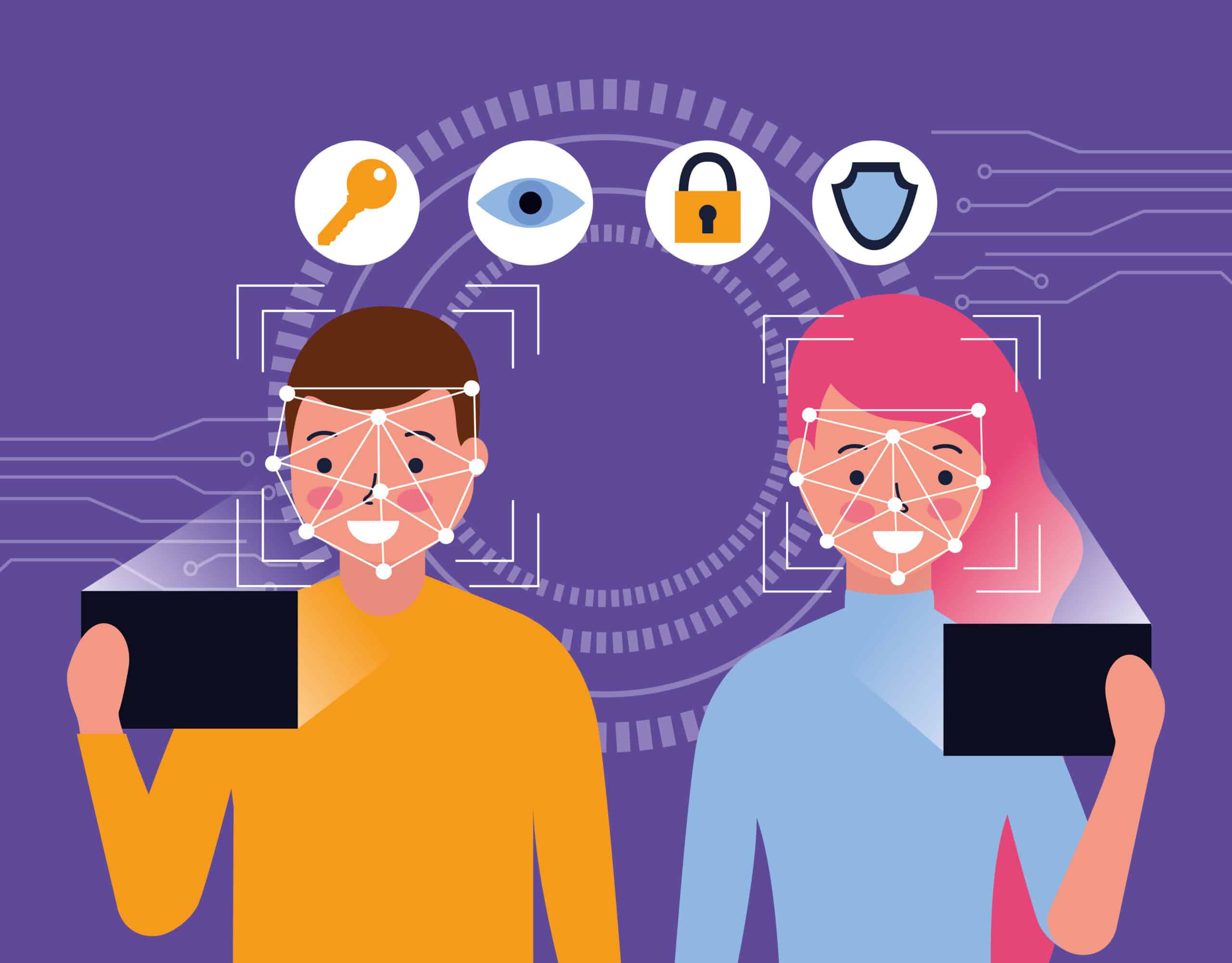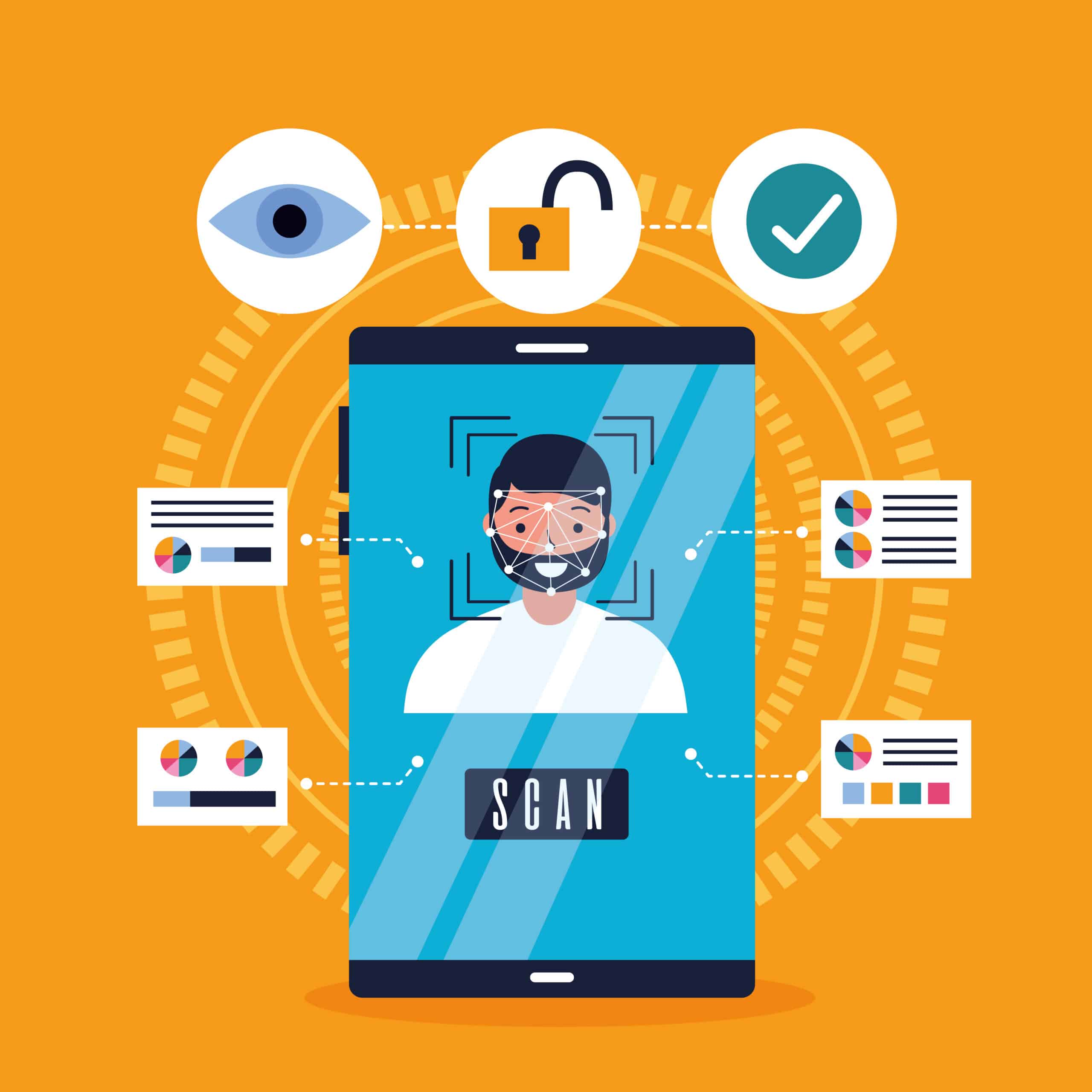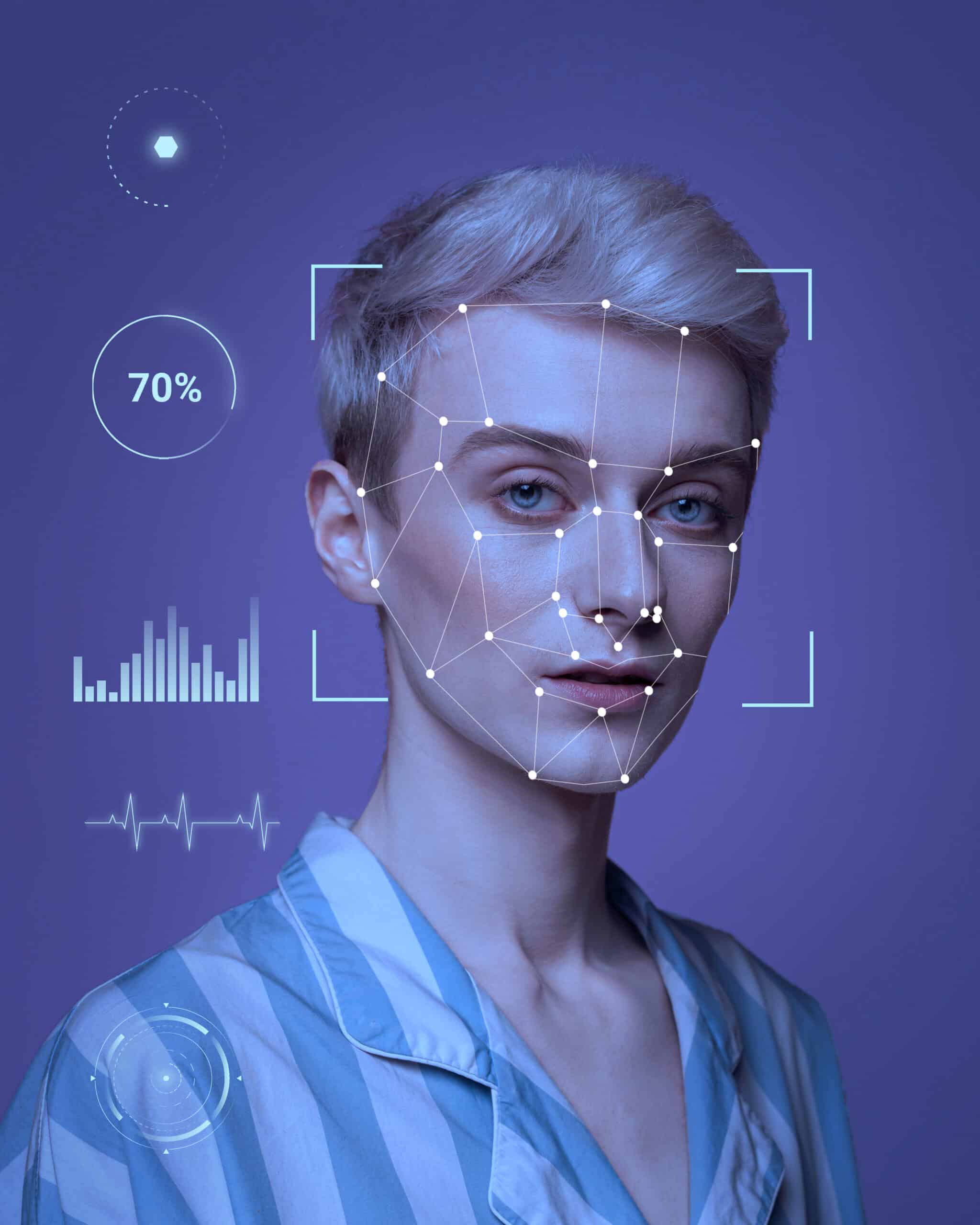Redefining Security Standards with Facial Recognition Identity Verification
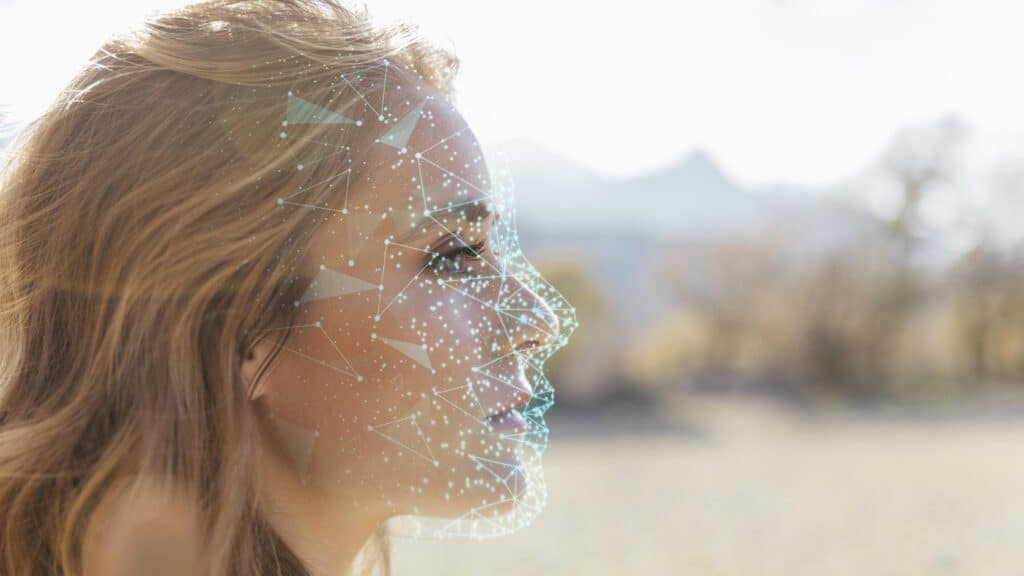
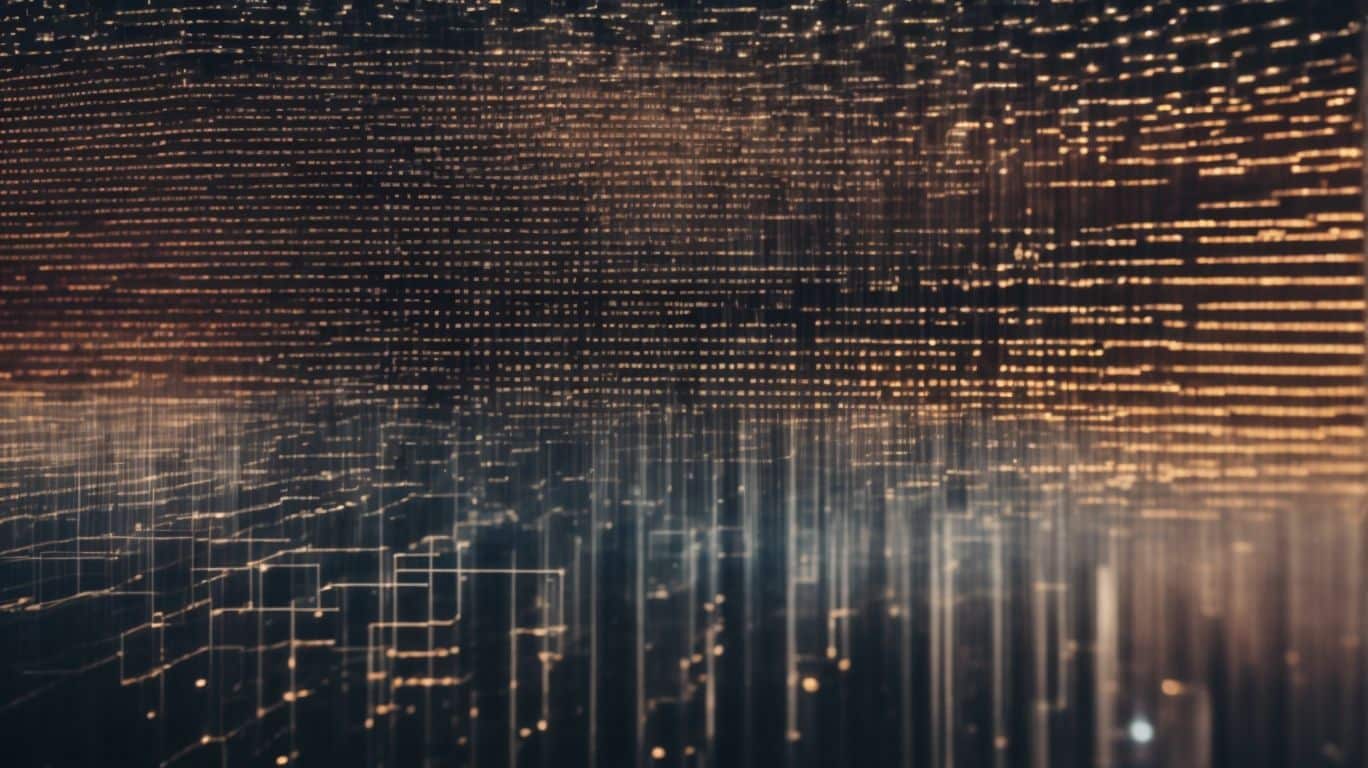
Facial Recognition Identity Verification is revolutionizing security measures across various industries. From airports to banks, this cutting-edge technology is reshaping how we verify identities. We will explore the ins and outs of Facial Recognition Identity Verification, security standards with facial recognition its applications in different sectors, and the potential future implications of this technology on personal privacy and civil liberties. Join us as we delve into the world of facial recognition technology and its impact on security standards.
What is Facial Recognition Identity Verification?
Facial Recognition Identity Verification is a cutting-edge technology that combines biometric features and authentication methods to validate an individual’s identity.
This innovative approach utilizes the unique facial features of a person to accurately confirm their identity, making it a highly secure form of digital verification. Additionally, by capturing precise data on facial landmarks, such as the distance between eyes, nose shape, and jawline contours, facial recognition technology creates a digital template that serves as a digital identity ‘fingerprint.’
Advanced algorithms analyze these biometric markers, ensuring reliable and swift authentication processes that various sectors are increasingly adopting, from banking and security to smartphone unlocking and access control systems.
How Does Facial Recognition Identity Verification Work?
Facial Recognition Identity Verification operates by utilizing sophisticated algorithms that leverage facial recognition, artificial intelligence, and machine learning to detect and analyze facial features for the identification process.
These advanced mechanisms work in synergy to map unique facial attributes and create a digital representation known as a facial template.
The AI algorithms play a crucial role in continuously improving the system’s accuracy by learning from each verification attempt, adapting to various lighting conditions, angles, and facial expressions.
Through the iterative process of machine learning, the system enhances its ability to differentiate between faces, ensuring a high level of accuracy in identity verification.
What Are the Benefits of Facial Recognition Identity Verification?
Facial Recognition Identity Verification offers a myriad of benefits, including robust security standards, enhanced data protection, secure access control, and multi-factor authentication for heightened security measures.
This technology ensures that only authorized individuals can gain access to sensitive information or secure premises, minimizing the risk of unauthorized entry or data breaches. Additionally, by utilizing biometric data unique to each individual, Facial Recognition Identity Verification provides a highly secure and reliable method of identity authentication.
The incorporation of multi-factor authentication options further strengthens the security protocols, making it significantly more challenging for potential threats to compromise sensitive data or facilities. Also, this technology simplifies access management processes, streamlining security procedures and enhancing overall operational efficiency.
Increased Security
One of the key benefits of Facial Recognition Identity Verification is the heightened security it provides through robust security protocols, advanced cybersecurity measures, strong biometric security features, and secure transactions.
By leveraging Facial Recognition Identity Verification, organizations can ensure a more fortified security framework, with layers of protection that include encryption, multi-factor authentication, and real-time monitoring. The utilization of facial biometrics adds an additional level of security by verifying an individual’s unique physical characteristics.
This technology not only safeguards sensitive data but also streamlines transaction processes, offering a frictionless and secure user experience. Also, with Facial Recognition Identity Verification, security isn’t just a priority; it’s a seamless integration into daily operations that prioritizes safety and trust.
Faster and More Efficient Verification Process
Facial Recognition Identity Verification streamlines the verification process by offering a faster and more efficient method through facial authentication, secure login procedures, and reliable verification steps.
This innovative technology not only accelerates the authentication process but also ensures secure entry by utilizing facial recognition for user identification. Additionally, the swift and precise verification mechanisms enable users to access their accounts speedily, making it a top choice for businesses and individuals seeking fast and dependable verifications. By integrating advanced algorithms and biometric data, this system boasts high accuracy rates, reinforcing its reputation as a trustworthy authentication solution.
Reduced Fraud and Identity Theft
Facial Recognition Identity Verification plays a crucial role in reducing fraud and identity theft by implementing robust fraud prevention measures, enhancing identity security, and preventing unauthorized identity theft.
By integrating advanced facial recognition technology, organizations can bolster their security systems and create a more robust authentication process. Additionally, this technology helps in verifying an individual’s unique facial features, making it extremely difficult for fraudsters to manipulate or misuse someone else’s identity. The use of biometric data ensures a high level of accuracy in identity verification, minimizing the risk of fraudulent activities. Implementing Facial Recognition Identity Verification provides an added layer of security by thwarting unauthorized access attempts and safeguarding sensitive personal information against potential identity theft.
What Are the Concerns and Criticisms of Facial Recognition Identity Verification?
Despite its advantages, Facial Recognition Identity Verification faces criticisms and concerns related to privacy, potential bias in algorithms, and issues with false positives and negatives in identification.
Privacy advocates argue that facial recognition technology poses significant threats to personal privacy by raising questions about data protection and the potential misuse of biometric information. Additionally, the inherent bias in algorithms used for facial recognition has been a focal point of criticism, as these systems have shown to have higher error rates for specific demographics, especially people of color, leading to unjust outcomes. Also, the challenges associated with false identification results emphasize the need to implement robust oversight and accountability measures in the deployment of this technology.
Privacy Concerns
Privacy concerns regarding Facial Recognition Identity Verification revolve around user privacy protection, safeguarding personal information, and ensuring the validity of the identity validation process.
In the digital age, where personal data is constantly at risk, the use of facial recognition technology for identity verification raises significant questions. Also, users worry about the security of their biometric data, as any breach could have far-reaching consequences. Ensuring that stringent security measures are in place is imperative to instill trust in these systems.
The accuracy of these processes must be closely monitored to prevent any misidentification errors that could lead to unjust repercussions. Balancing technological advancements with privacy protection remains a crucial challenge in the realm of facial recognition identity verification.
Biased Algorithms
One of the criticisms of Facial Recognition Identity Verification is the presence of biased algorithms that may impact biometric verification accuracy, identity validation processes, and the effectiveness of anti-spoofing measures.
These biased algorithms can lead to serious issues in accurately verifying individuals’ identities through facial recognition technology. The skewed algorithms can unintentionally favor certain demographics or characteristics, resulting in a lack of inclusivity and fairness in identity validation procedures. The innate biases in these algorithms can undermine the efficacy of anti-spoofing measures, making it easier for unauthorized individuals to deceive the system. Addressing algorithmic biases is crucial to ensure the integrity and reliability of facial recognition identity verification systems.
False Positives and Negatives
Facial Recognition Identity Verification can encounter false positives and negatives due to nuances in facial analysis, challenges with accurate facial matching, and complexities in facial expression recognition.
For instance, in facial analysis, variations in lighting, angles, and facial expressions can lead to discrepancies in identification. The process of accurate facial matching is intricate, as it involves comparing multiple facial features such as eye spacing, nose shape, and jawline alignment.
The challenges associated with facial expression recognition further amplify the potential for false positives and negatives, as emotions and gestures captured in a snapshot can differ from one moment to another.
How is Facial Recognition Identity Verification Being Used?
Facial Recognition Identity Verification finds applications in diverse sectors, including airport security, border control, law enforcement agencies, and banking and financial services, enhancing security and authentication processes.
- In airport security, facial recognition technology is used to screen passengers at check-in counters and security checkpoints, ensuring smoother processes and accurate identity verification.
- Similarly, border control operations utilize facial recognition to monitor and manage entries and exits at various points of entry.
- Law enforcement agencies leverage this technology for suspect identification and criminal investigations, significantly aiding in crime prevention and investigation.
- Financial institutions integrate facial recognition for secure authentication during customer transactions, safeguarding against fraudulent activities.
Airport Security
In airport security, Facial Recognition Identity Verification is instrumental in providing secure access control, implementing biometric access control systems, and offering efficient facial recognition services for enhanced security measures.
This technology plays a critical role in safeguarding airports by enabling authorities to accurately verify the identity of passengers, employees, and other individuals seeking access to restricted areas. By leveraging biometric access control technologies, facial recognition systems enhance security protocols through the quick and accurate identification of individuals.
Not only does Facial Recognition Identity Verification streamline processes for airport personnel, but it also enhances overall security by reducing the risk of unauthorized access and enhancing surveillance capabilities in critical areas.
Border Control
Border control agencies leverage Facial Recognition Identity Verification technology to enhance identity verification processes, ensure secure identity verification, and utilize advanced tools for streamlined identification procedures.
This innovative technology plays a pivotal role in strengthening border security by accurately verifying individuals’ identities, reducing the risk of fraudulent activities, and enhancing overall operational efficiency. Facial Recognition Identity Verification systems have revolutionized identity authentication by providing a seamless and contactless verification method, significantly improving the traveler experience at immigration checkpoints. These systems analyze unique facial features, match them with existing records, and flag any discrepancies in real-time to alert border control authorities of potential security threats swiftly and effectively.
Law Enforcement
Law enforcement agencies employ Facial Recognition Identity Verification for conducting secure transactions, implementing robust identity verification systems, and utilizing advanced facial recognition solutions to aid in investigations and criminal identification.
This technology plays a crucial role in enhancing public safety by allowing law enforcement to quickly and accurately identify individuals involved in criminal activities. Through the use of facial recognition, authorities can match faces to known databases of suspects or persons of interest, leading to more efficient investigations and higher success rates in apprehending criminals. The integration of facial recognition into law enforcement procedures serves as an invaluable tool for preventing identity theft and fraud, safeguarding sensitive information, and ensuring a secure environment for all citizens.
Banking and Financial Services
Banking and financial services sectors leverage Facial Recognition Identity Verification for digital security measures, ensuring secure identities, managing identity security effectively, and implementing secure identity management protocols for enhanced customer protection.
By integrating Facial Recognition Identity Verification into their systems, banks and financial institutions can accurately authenticate customers’ identities by analyzing unique facial features, enhancing the overall security framework. This advanced technology also aids in fraud prevention by detecting unauthorized access attempts and ensuring that only authorized individuals can access sensitive financial information. The use of facial recognition technology streamlines the identification process, reducing the risk of identity theft and improving overall customer experience in the digital banking environment. The adoption of Facial Recognition Identity Verification is revolutionizing security practices in the financial industry.
What Are the Future Implications of Facial Recognition Identity Verification?
The future implications of Facial Recognition Identity Verification are promising, with advancements in facial recognition technology, the integration of advanced security measures, the development of innovative identity verification solutions, and the establishment of secure authentication standards for enhanced protection.
As facial recognition technology continues to evolve, we can expect to see improved accuracy and efficiency in identifying individuals. With the incorporation of advanced security measures such as liveness detection and anti-spoofing techniques, the vulnerabilities associated with traditional forms of authentication are being mitigated. Novel identity verification solutions, including biometric authentication and multi-factor authentication, are being developed to provide enhanced security and convenience for users. The establishment of secure authentication standards will play a crucial role in ensuring the reliability and trustworthiness of identity verification processes in the digital age.
Potential for Widespread Adoption
There is a significant potential for the widespread adoption of Facial Recognition Identity Verification, driven by secure access solutions, advanced facial recognition algorithms, and the continuous evolution of secure identity verification technology.
One key aspect contributing to the scalability and applicability of Facial Recognition Identity Verification is its seamless integration with various systems, from access control in buildings to authentication in banking. Additionally, secure access solutions enable organizations to enhance their security protocols by leveraging biometric data for precise identification.
The advancements in facial recognition algorithms have significantly improved the accuracy and speed of identity verification processes, making them more efficient and reliable. As technology continues to advance, the potential for wider adoption of facial recognition technology in various industries is expanding rapidly.
Integration with Other Technologies
Facial Recognition Identity Verification is poised to integrate seamlessly with other cutting-edge technologies, facilitating secure transactions, enhancing digital identity management, and strengthening biometric identification processes for comprehensive security solutions.
This integration presents a promising opportunity for advancements in various sectors, including finance, healthcare, retail, and beyond. By combining Facial Recognition with Artificial Intelligence, businesses can streamline processes and verify client identities with unprecedented speed and accuracy. Also, the incorporation of blockchain technology can further fortify data encryption and enhance the overall security of identity verification systems. As the synergy between Facial Recognition and these innovative technologies continues to evolve, the future holds great potential for a more secure and efficient digital ecosystem.
Impact on Personal Privacy and Civil Liberties
The continued expansion of Facial Recognition Identity Verification raises concerns about its impact on personal privacy, user identification methods, user privacy safeguards, and the assurance of secure data protection in an increasingly digital landscape.
As more companies and governments adopt facial recognition technology for identity verification purposes, questions arise regarding the potential infringement on individuals’ rights to privacy and autonomy. Additionally, user identification procedures utilizing facial recognition algorithms may inadvertently lead to mass surveillance and intrusive monitoring of individuals.
Efforts to preserve privacy in these systems are essential, emphasizing the need for stringent data protection protocols and transparency in how personal information is collected, stored, and utilized. As the digital environment evolves rapidly, it becomes paramount to balance technological advancements with the preservation of civil liberties and privacy rights.
Frequently Asked Questions
What is Facial Recognition Identity Verification?
Facial Recognition Identity Verification is a security technology that uses biometric data from an individual’s face to verify their identity. Also, It compares facial features, such as the distance between the eyes and the shape of the jawline, to a reference data to confirm the person’s identity.
How does Facial Recognition Identity Verification redefine security standards?
Facial Recognition Identity Verification provides a more secure and reliable method of identity verification compared to traditional methods, such as passwords or ID cards. Also, It reduces the risk of fraud and impersonation by using unique biometric data that cannot be easily replicated.
Is Facial Recognition Identity Verification accurate?
Facial Recognition Identity Verification has been proven to be highly accurate, with a success rate of over 99%. Also, It uses advanced algorithms and machine learning to analyze and compare facial features, making it difficult for any individual to bypass the system.
Can Facial Recognition Identity Verification be used for various applications?
Yes, Facial Recognition Identity Verification can be used for a wide range of applications, such as airport security, banking, access control, and online authentication. Also, It can be integrated into existing systems and customized to meet specific security needs.
Are there any privacy concerns with Facial Recognition Identity Verification?
As with any technology, there are potential privacy concerns with Facial Recognition Identity Verification. However, most systems comply with privacy regulations and do not store or share the biometric data of individuals. Also, It is important to ensure proper measures are in place to protect personal information.
Is Facial Recognition Identity Verification a reliable and cost-effective solution?
Yes, Facial Recognition Identity Verification is a reliable and cost-effective solution for identity verification. It eliminates the need for physical documents or human verification, saving time and resources for businesses. Also, It reduces the risk of errors and security breaches, ultimately leading to cost savings in the long run.

